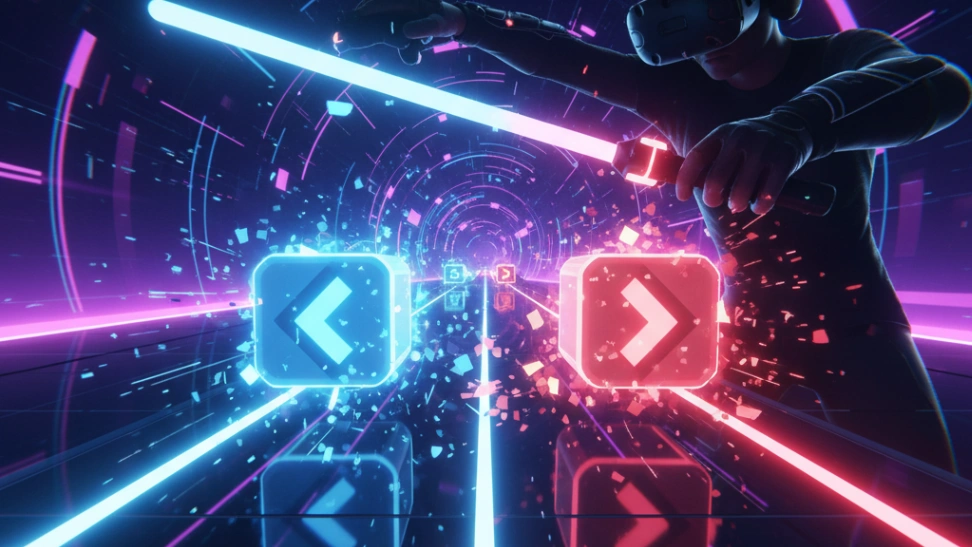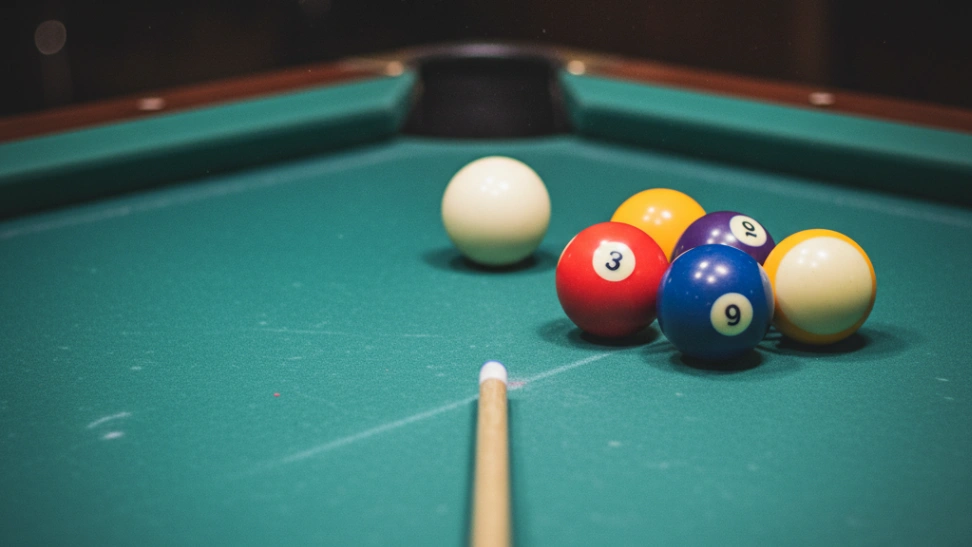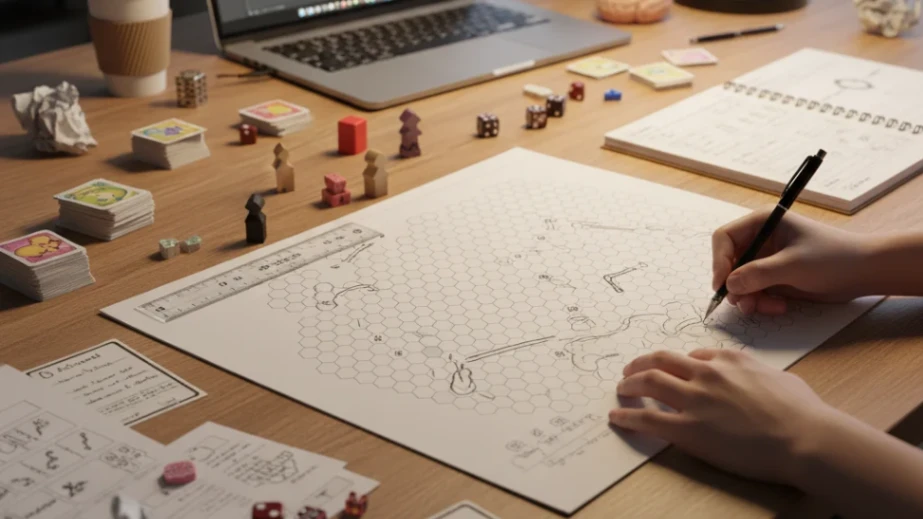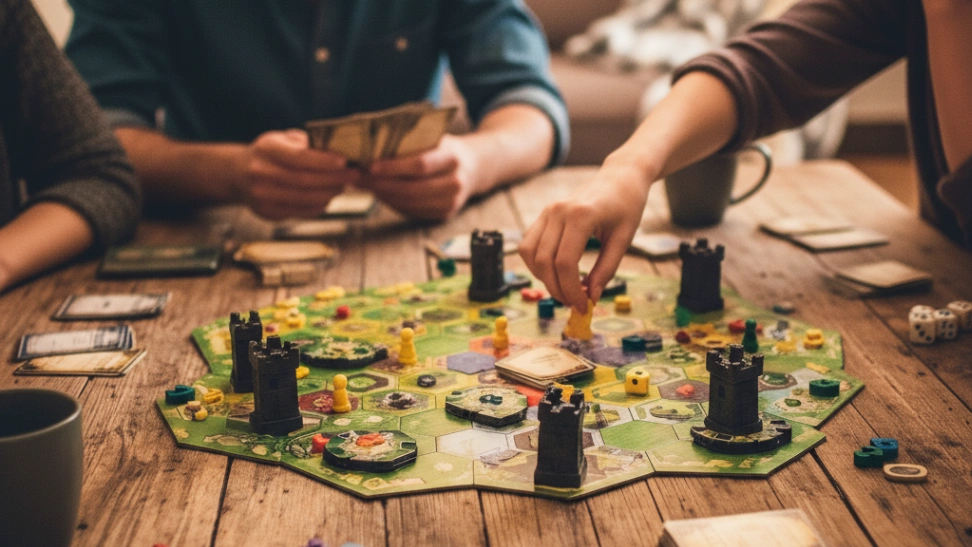The core gameplay of Beat Saber involves players holding two virtual light sabers, one blue and one red, corresponding to the colors of the blocks flying towards them on a track. Each block has an arrow indicating the direction it must be slashed, adding a layer of precision to the rhythmic slicing. Players must also dodge obstacles like walls and bombs, requiring full-body movement. The game features a diverse library of songs, ranging from electronic dance music to rock and pop, often with custom-made maps created by the community. As players progress through difficulty levels, the speed and complexity of the block patterns increase, demanding greater focus and quicker reaction times. The satisfaction of perfectly slicing a rapid succession of blocks to the beat, feeling the haptic feedback, and seeing the vibrant visual effects explode around you is a key draw. The immediate feedback loop and the intuitive nature of the controls make it easy to pick up, yet incredibly difficult to master, providing endless hours of engaging challenge.
Beat Saber was developed by the Czech independent studio Beat Games, which was later acquired by Meta Platforms (formerly Facebook) in 2019. The game first launched into Early Access on PC VR platforms (SteamVR and Oculus Rift) in May 2018. It quickly gained immense popularity due to its innovative gameplay, polished aesthetics, and the viral nature of its virtual reality concept. The idea behind Beat Saber stemmed from a desire to create a game that was simple to understand but offered deep satisfaction and a good workout, blending elements of classic rhythm games like Guitar Hero or Dance Dance Revolution with the immersive potential of virtual reality. The developers focused heavily on making the sabers feel responsive and powerful, and the block-slicing mechanics intuitive. Its rapid ascent to prominence was also fueled by VR arcades and streamers showcasing the exhilarating gameplay, making it one flagship title for the nascent VR industry and a major driver for VR headset adoption. The game’s success solidified the potential of VR for active, engaging gaming experiences beyond mere simulations.
A significant factor in Beat Saber's enduring popularity is its vibrant and active community. Beyond the official song packs, the PC VR version of the game supports extensive custom song mapping, allowing players to create and share their own levels for virtually any song imaginable. This user-generated content vastly expands the game's replayability and ensures a constant flow of fresh challenges. Dedicated online communities exist for sharing these custom maps, discussing strategies, and participating in competitive leaderboards. The community also develops mods that enhance gameplay, visual customization, and even add new game modes. This strong community aspect transforms Beat Saber from a simple rhythm game into a platform for creative expression and social interaction, fostering a sense of belonging among players who share a passion for rhythm, virtual reality, and challenging themselves to new heights. The ability to tailor the experience with specific genres of music or even create personalized workouts has cemented its place as more than just a game, but a truly dynamic and evolving hobby.
Engaging with Beat Saber offers numerous benefits, both physical and mental. Physically, it provides an excellent cardio workout, improving hand-eye coordination, reflexes, and spatial awareness. Many players use it as a fun and engaging way to stay active, burning calories while having an enjoyable gaming session. Mentally, the game demands focus and concentration, which can help improve cognitive function and reaction time. The immersive nature of VR can also be a stress-reliever, allowing players to escape into a vibrant, musical world. While the initial investment in a VR headset might seem significant, the accessibility of the core gameplay means that people of varying ages and fitness levels can pick it up and enjoy it. The modular difficulty settings ensure that both beginners and seasoned rhythm game veterans can find a challenge appropriate for their skill level, making it a widely appealing and beneficial activity for a broad audience.



